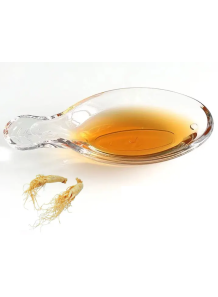RareGinseng® All-K
Cosmetics
Code: 125676
a mixture of all Rare Ginsenosides Rg2,Rg3,Rg4,Rg5,Rg6, including very high concentration of Compound K
Compound K , minimum 4000ppm
Cart
No products
Subtotal:
0.00
Total
0.00
THB



